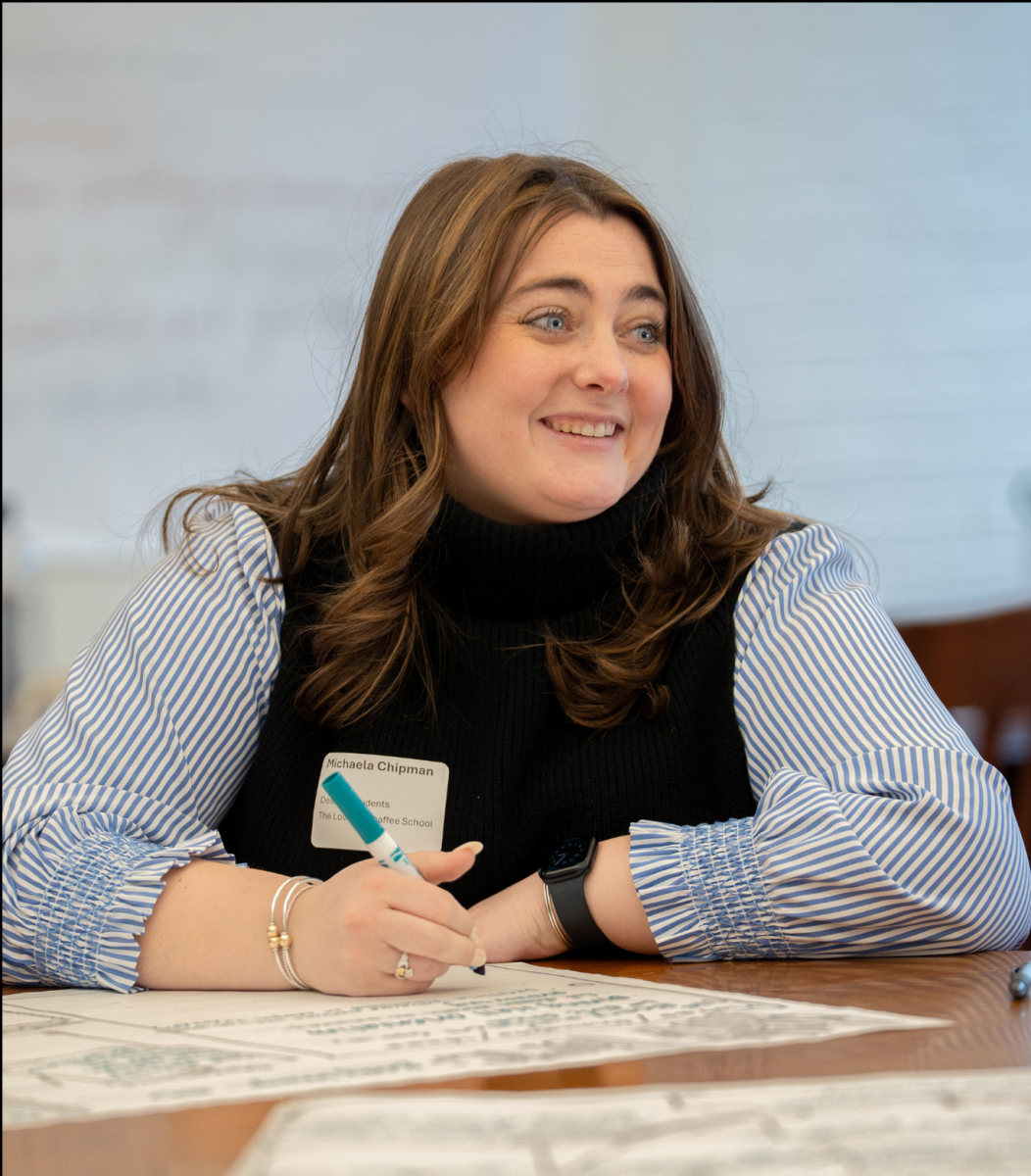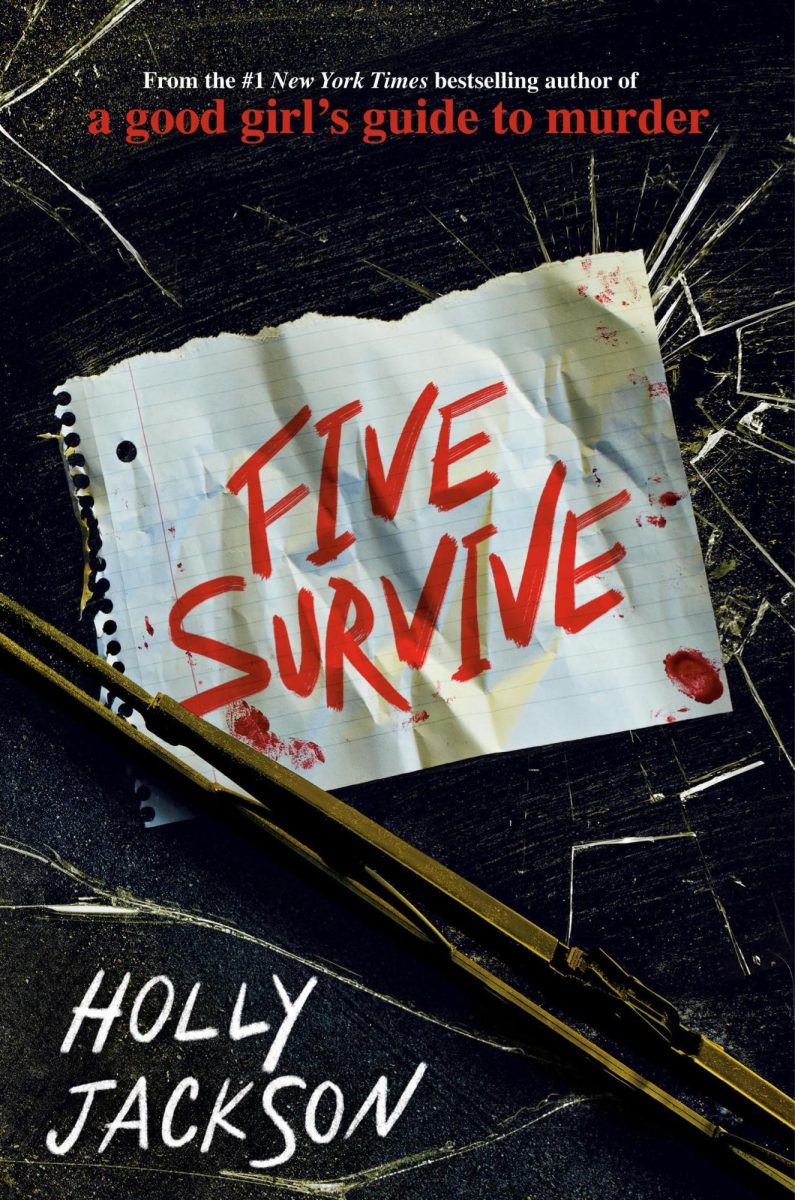Loomis Chaffee Grapples with its First COVID-19 Cases
Students in Katherine Brush Library wear masks and social distance to abide by the school’s new protocols.
November 3, 2020
Since boarders have returned for Fall Term II, there have been three members of the in-person student body who have tested positive for COVID-19, none of whom were diagnosed during in-school testing. In that time, around 15 other students have quarantined because of contact tracing originating from both Loomis Chaffee itself and external contacts.
How the school responds to the cases on campus, and how the school’s regulations change and adapt, depends on the decisions of the Emergency Management Group. The group meets regularly to plan out the school’s COVID responses, taking into account numerous different factors.
“If seven nurses tested positive, the school would close,” said Dean Mary Liscinsky, Loomis’s COVID-19 coordinator. “If seven students tested positive and they were not really related—if two of them were siblings and it was from a family—we might not close. It really depends on where the cases are, and it depends on the timing that they come in through. If this week two kids are sick, and next week two more kids are sick, and next week two more kids are sick: No. It also depends on what is happening in the state. If we are seeing an uptick on campus and we are seeing an uptick in the state, that would be different than if the state stays flat and we had an uptick on campus or vice versa.”
Proceeding into our third week of having boarding students on campus, Loomis is continually updating its policies to comply with changing CDC guidelines. Loomis has also begun surveillance testing, in which only a portion of the community is tested at a time.
“It’s both random and it’s not,” said Dean Liscinsky. “For example, if we were concerned about an area. Like I’ll give you an example, the nurses get tested every two weeks. The nurses get tested every time, because that is really important. If the health center closes, the school closes. So there are areas like that, but then we just go randomly. I didn’t see the list until last night and I didn’t know if I was on until last night.”
After getting tested at an outside testing facility set up independently, an anonymous junior girl and her roommate were counted as one of the first positive cases of COVID. In the week before Fall Term II, the third case of COVID was detected during the required testing for every student prior to boarders’ return to campus.
“When we find out [about a case of COVID] of course our concern is for the person who has COVID, we always ask, you know: how are you and how are you feeling. We…take care of the person first and make sure they have appropriate support,” said Dean Liscinsky.
The students, while in isolation, communicate with Loomis administration and health center staff. Dean Liscinsky emphasized the school’s overall focus on these students’ well being.
“Multiple teachers and deans reached out and asked if I was doing fine and they were all nice about it,” said the anonymous junior boy who had tested positive for COVID.
Loomis then works to contact trace within the school community. Starting from when the student became symptomatic or when the test results came back, the five faculty on campus who have taken the Johns Hopkins contact tracing course work to discover members in the community who would be considered a ‘contact’ of the individual.
“[The Loomis Chaffee administration] called for contacts, but didn’t quarantine [others in] my classes or sports,” said an anonymous junior girl who had also tested positive for COVID.
To be a ‘contact’ the person’s interaction has to meet specific standards. Dean Liscinsky added that it is inevitable that people will have contacts, however it is very possible for a student’s classmates and teammates to not meet the CDC established criteria.
“It depends on what happens in those sports and classes. The first criteria is who have you been within six feet of, then the second question is [who have you been] within [six feet of for] a cumulative [time of] 15 minutes,” said Dean Liscinsky.
While a student is out of school following COVID protocols, it is “essentially med leave” in terms of the academic office in that “academics are secondary.” The academic accommodations during their time in isolation varied from student to student. The isolation process begins after the initial positive test result and lasts ten days, and the student cannot then return to campus until all COVID related symptoms have been alleviated.
“It was fine, but everyone was shocked because I made like half the hockey [team] quarantine too,” said the anonymous junior boy when asked what it was like to return to campus after isolating.
“Everybody expected we would have cases. I don’t know many schools that haven’t had cases. It wasn’t surprising. I can’t imagine that anyone would be surprised that a place would have cases,” said Dean Liscinsky.









